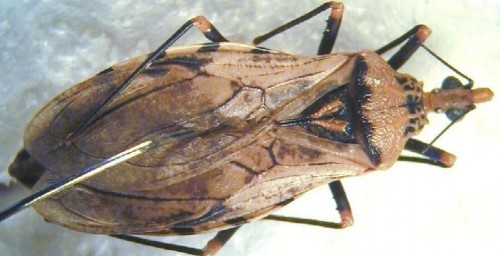Suchada Sumruayphol a, *, Boonruam Chittsamart a , Raxsina Polseela b,c ,
Patchara Sriwichai a , Yudthana Samung a , Chamnarn Apiwathnasorn a ,
Jean-Pierre Dujardin d
a
Department of Medical Entomology, Faculty of Tropical Medicine, Mahidol University, 10400 Bangkok, Thailand
b
Department of Microbiology and Parasitology, Faculty of Medical Science, Naresuan University, 65000 Phitsanulok, Thailand
c
Centre of Excellence in Medical Biotechnology, Faculty of Medical Science, Naresuan University, 65000 Phitsanulok, Thailand
d
UMR17 IRD–CIRAD INTERTRYP TA A 17/G, Campus international de Baillarguet, 34398 Montpellier cedex 5, France
http://dx.doi.org/10.1016/j.crvi.2016.10.002
Geographic populations of the two main sandflies genera present in Thailand were studied for species and population identification. Size and shape of Phlebotomus stantoni and Sergentomyia hodgsoni from different island and mainland locations were examined by landmark-based geometric morphometrics. Intraspecific and interspecific wing comparison was carried out based on 12 anatomical landmarks. The wing centroid size of P. stantoni was generally larger than that of S. hodgsoni. Within both species, wings from the continent were significantly larger than those from island populations. Size variation could be significant between geographic locations, but could also overlap between genera. The wing venation geometry showed non-overlapping differences between two species. The within-species variation of geometric shape between different geographical locations was highly significant, but it could not interfere with the interspecies difference. The lack of species overlapping in shape, and the high discrimination between geographic populations, make geometric shape a promising character for future taxonomic and epidemiological studies.
ß 2016 Académie des sciences. Published by Elsevier Masson SAS. All rights reserved.
